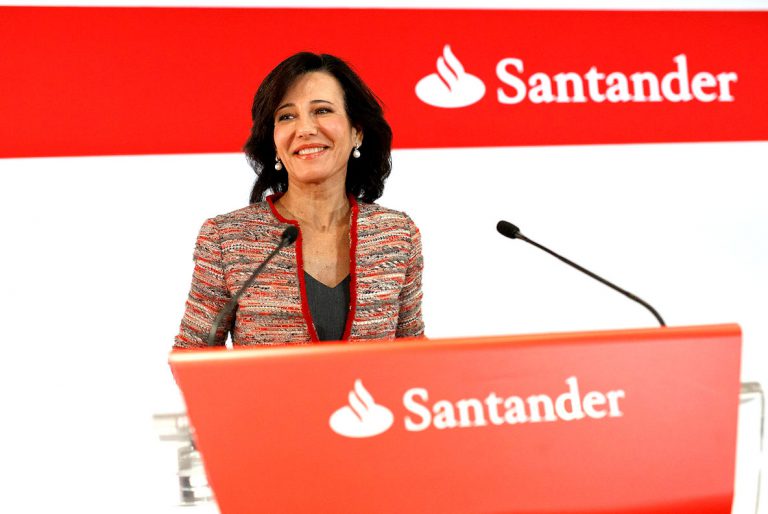Brief market update – 26 September 2022
Last week saw dramatic moves in markets, after a flurry of interest rate hikes and hawkish messaging by central banks – which was led by the Federal Reserve’s third successive +0.75% increase, whilst the UK’s ‘mini budget’ created fall out of its own.
Investor concerns about a ‘hard landing’ in the US, has put pressure on bond yields and further fuelled the US dollar to new highs against a basket of G10 currencies.Oil prices declined to levels last traded prior to Russia’s invasion of Ukraine, as demand concerns and global stocks sold off for a second straight week, with the FTSE All-World falling -2.1% on Friday, bringing the loss for the week to -5%.
Big focal point for Europe was the UK ‘mini-budget’, a clear misnomer, which turned out to be the largest package of tax cuts since 1972 combined with regulatory reforms. These are likely to create significant challenges for the Bank of England.
A treasury document showed the cost of the fiscal package to be a huge c. £161 bn over five years and chancellor Kwarteng was criticized for not providing official economic forecasts from fiscal watchdog the OBR, although he has promised these before year-end.
So what will this mean for inflation and interest rates?
While the energy price freeze lowered and brought forward the likely peak in headline inflation to 10-11%, the fiscal package will provide extra support to demand which puts more onus on monetary policy to bring inflation down.
The likely outcome is therefore a longer cycle of interest rate increases and the market reaction did not play out well on Friday.







